A network of student ambassadors works to improve college access.
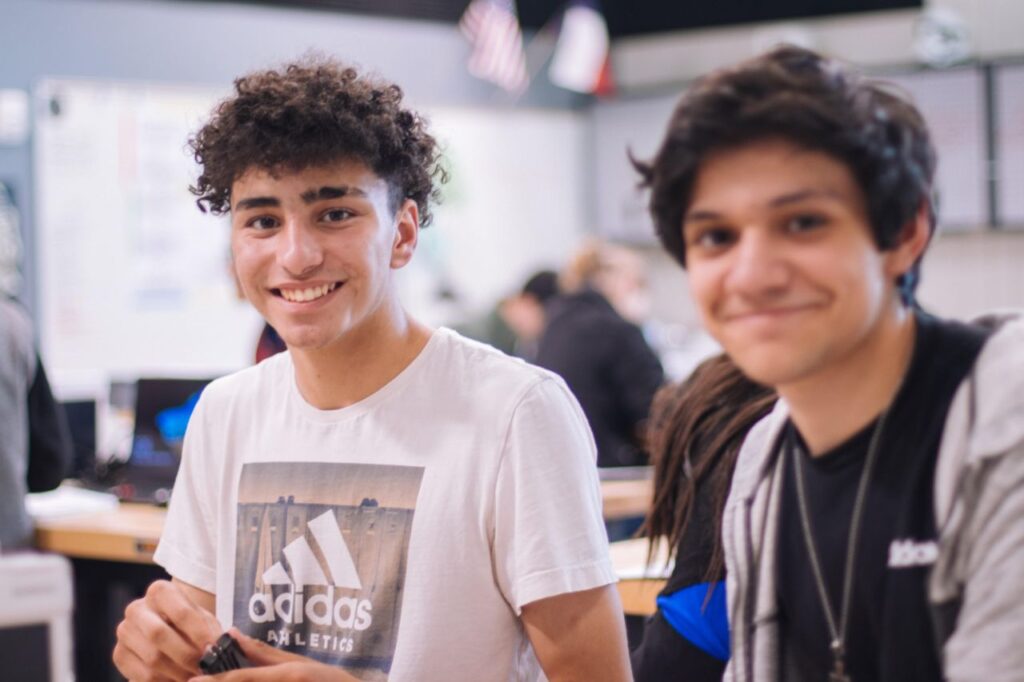
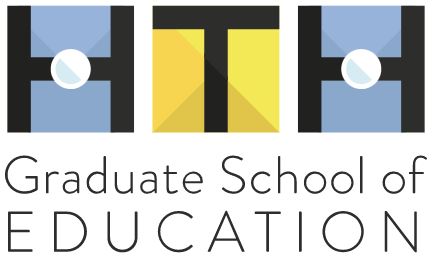
If the goal is to increase the number of racially, economically, and GPA-diverse students who will ultimately graduate from college, then the students themselves need to be involved. Using Continuous Improvement processes, High Tech High created a student-led ambassador network to do just that. Participants learned about the college application process and designed change ideas to test in their schools.
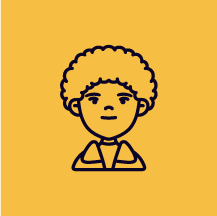
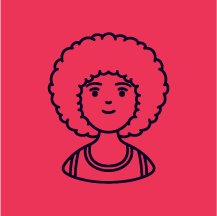




In this case study, improvement efforts to see the system, design change, and set a goal were student-led. Learn more about the student-powered improvement framework here.
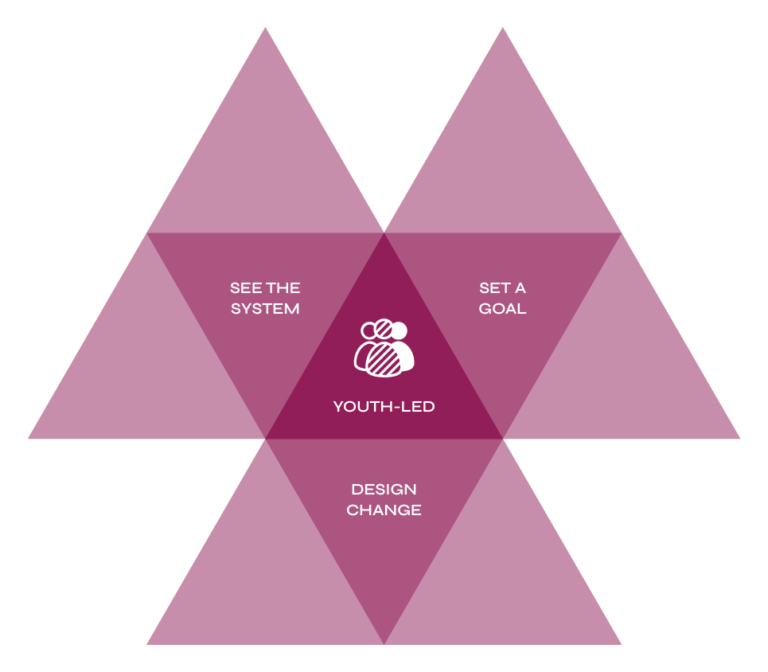
Involve students in decision-making roles sooner and quicker. That was the insight that sparked the creation of the student-led ambassador network at the High Tech High Graduate School of Education (HTH GSE). This network parallels the work of the adult teams participating in the CARPE college access network, whose AIM is to increase the number of students who are Black, Latinx, Indigenous, or from low-income backgrounds who apply, enroll and ultimately go to colleges they are most likely to graduate from.
“If we are making decisions that will impact students, they should be involved,” said Rodrigo Arancibia from High Tech High. The team seized an opportunity to involve students through a network design that would also, “build, foster, and flourish relationships among students.”
True to the mindset of starting small, the HTH GSE chose four of their network’s nineteen comprehensive high schools to test the ambassador network. Each school recruited three participants through an application process that asked for students who were “GPA diverse.” Through that process, twelve students were chosen for the first cohort. Of the applicants, Dr. Sofia Tannenhaus said, “They are remarkable in the adversity they have overcome.”
The student group was charged with designing ideas to “support college access for students like you.” The ambassadors convene every two months for two hours to work on the same problem as the network as a whole: To increase the number of students who are Black, Latinx, Indigenous, or from low-income backgrounds who apply, enroll and ultimately go to colleges they are most likely to graduate from.
The students studied the current system by learning about things like “fit factors” for college, admissions, financial aid, and more. They created their own mission statement related to supporting college access for their peers. They also spent a lot of time at the outset building relationships; they used the StrengthsFinder (a Gallup tool) to learn about themselves and each other as well as ice-breakers and other team-building activities such as triads of trust.
Following an idea generation and voting process, the ambassadors’ change idea was to design two workshops for students in the CARPE network: one for grades eight-ten and one for grades ten-twelve. One student group hosted a workshop: “What We Wish We Knew Before Applying to College.” Nearly 100 participants attended on a Saturday afternoon.
To test this idea, students designed a Plan-Do-Study-Act cycle and collected pre- and post-workshop surveys to learn about the impact of their idea. The data showed that participants were far more knowledgeable by the end of the workshop about an array of college access and college application topics. Specifically, the percentage of attendees who agreed that “I know what it takes to be a competitive college applicant” doubled (from 35% to 70%) during the workshop. The ambassadors will conduct data analysis, reflect on what they learn, and determine how to adapt, adopt, or abandon the idea for the next cohort of ambassadors.
There are two adult support staff members who help organize the group’s logistics and provide other supports. But, according to them, the rest of what happens is entirely student-led. From conceptualization to implementation, the collective work is student-led; students came up with all of the content and did all of the work. “Adults get out of the way—we are there only to scaffold, answer questions, and provide feedback, but we act as flies on the wall while they make the magic happen,” said Dr. Tannenhaus who supported the student network.
Student time and participation in the network is honored with a $500 stipend.
In the student network, the group spent a lot of time getting to know each other and building safe and trusting relationships. Their time together included ice breakers as a whole group as well as many opportunities to talk in small groups (“Dyads of Depth,” “Triads of Truth,” and “Quads of Courage”). The two adults who joined the student space modeled vulnerability from the very beginning, by sharing some of their own personal stories and perspectives. These kinds of activities are intended to build towards a “third space,” or a communal space where an individual can experience a transformative sense of self, identity, and relation to others.
Students in the Ambassador Network learned to apply the mindsets and tools of continuous improvement to their own context. “We learned that the moment we say ‘improvement’ or ‘PDSA’ or ‘change idea,’ the entire conversation switches to that. Improvement can look and be different in this context and still be improvement,” said Rodrigo Arancibia. Translate these improvement terms into language that students — and adults— might identify with.
Organizers learned from their first cohort that seeking “GPA diverse” students did not necessarily attract students whose voices tend not to be heard. They will implement new recruitment strategies for the next cohort to reach a more racially and economically diverse group of students.